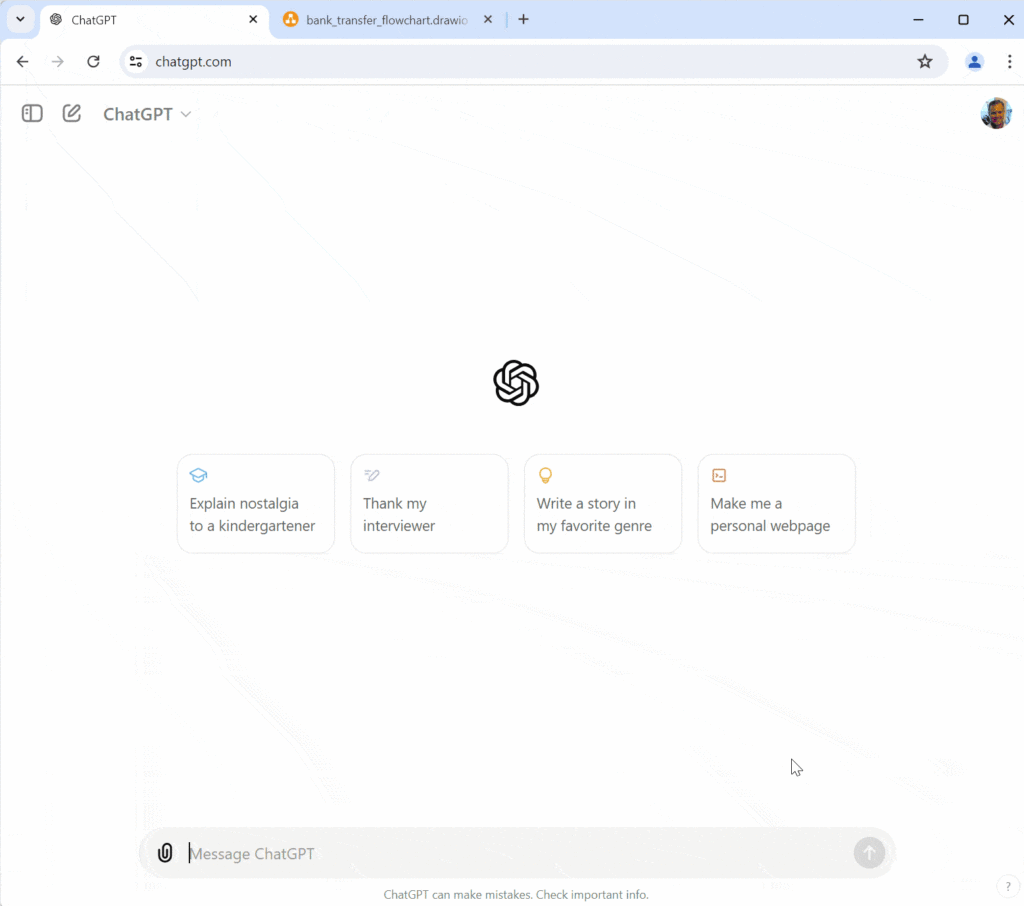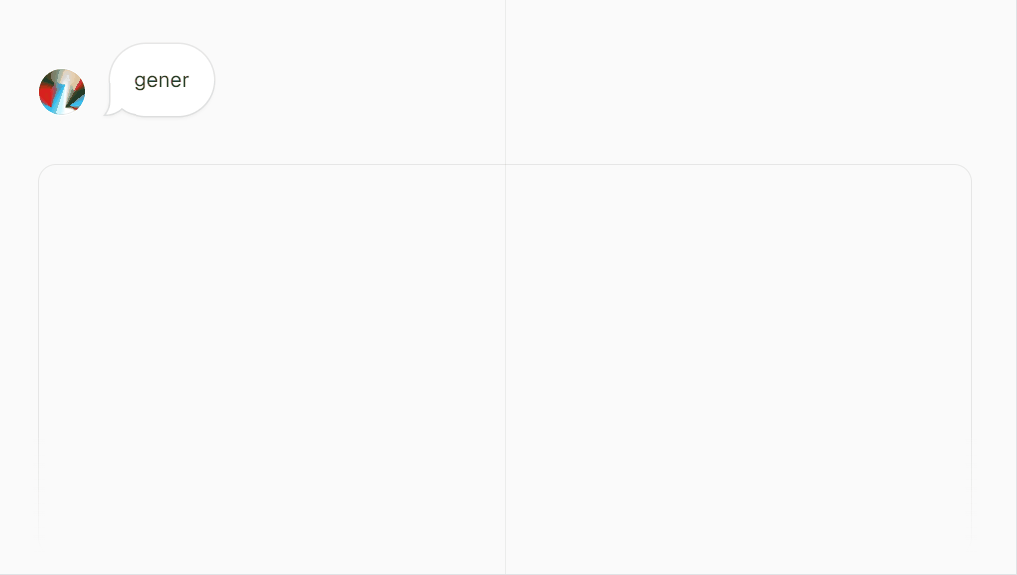
Data Under Pressure: Rethinking Data Management in a Volatile, Tariff-Driven Market
Date: 30/04/25
By: Laurence Pisani
We use cookies to help you navigate efficiently and perform certain functions. You will find detailed information about all cookies under each consent category below.
The cookies that are categorized as "Necessary" are stored on your browser as they are essential for enabling the basic functionalities of the site. ...
Necessary cookies are required to enable the basic features of this site, such as providing secure log-in or adjusting your consent preferences. These cookies do not store any personally identifiable data.
Functional cookies help perform certain functionalities like sharing the content of the website on social media platforms, collecting feedback, and other third-party features.
Analytical cookies are used to understand how visitors interact with the website. These cookies help provide information on metrics such as the number of visitors, bounce rate, traffic source, etc.
Performance cookies are used to understand and analyze the key performance indexes of the website which helps in delivering a better user experience for the visitors.
Advertisement cookies are used to provide visitors with customized advertisements based on the pages you visited previously and to analyze the effectiveness of the ad campaigns.
Artificial Intelligence is revolutionising software design by automating complex processes and enhancing creativity. This article explores how AI-powered tools like ChatGPT with draw.io, Maia, and Vercel v0 are transforming the landscape of software design, making it more efficient and innovative.
Software design is a pivotal phase in the Software Development Life Cycle (SDLC), where conceptual frameworks are translated into detailed blueprints for development. Traditionally, this phase requires extensive manual effort and expertise. However, the integration of AI technologies is now reshaping the design process, offering tools that enhance accuracy, automate repetitive tasks, and inspire innovation. This article examines three AI-enhanced tools—ChatGPT with draw.io, Maia, and Vercel v0—that are setting new standards in software design.
Combining ChatGPT with draw.io and Mermaid code provides a powerful AI-assisted approach to creating software design diagrams. ChatGPT can generate Mermaid code based on textual descriptions, which can then be imported into draw.io to visualize complex system architectures, flowcharts, and UML diagrams. This integration simplifies the design process, reduces errors, and allows designers to focus on refining their concepts rather than on manual diagram creation.
Features:
Benefits:

Maia is an AI-powered design assistant that helps software designers by providing intelligent suggestions and automating routine tasks. Maia uses machine learning to understand design patterns and best practices, offering real-time recommendations and improvements. It can automate the creation of design diagrams, identify potential design flaws, and ensure that designs adhere to industry standards, thus enhancing both efficiency and quality.
Features:
Benefits:
Here is an example of how Maia supports workflows creation:
Maia can also create design diagrams from textual descriptions:
Vercel v0 leverages AI to optimise front-end design and development workflows. It assists in creating responsive, high-performance web interfaces by analysing design inputs and generating optimised code. Vercel v0’s AI algorithms can predict user behaviour and adapt designs to enhance user experience. This tool integrates seamlessly with modern development frameworks, ensuring that the design process is both efficient and effective.
Features:
Benefits:

AI-enhanced tools like ChatGPT with draw.io, Maia, and Vercel v0 are transforming the software design phase of the SDLC. These tools automate workflows and diagrams creation, provide intelligent recommendations, and ensure high standards of design quality and performance. By integrating AI into the design process, software development teams can achieve greater efficiency, creativity, and precision, ultimately leading to better software solutions.

Date: 30/04/25
By: Laurence Pisani

Date: 08/04/25
By: Laurence Pisani

Date: 27/03/25
By: Digiterre

Date: 13/11/24
By: Krzysztof Lewczuk
If you would like to find out more, or want to discuss your current challenges with one of the team, please get in touch.